Netflix Ripley Complaints Prove There Is No Hope For The Future
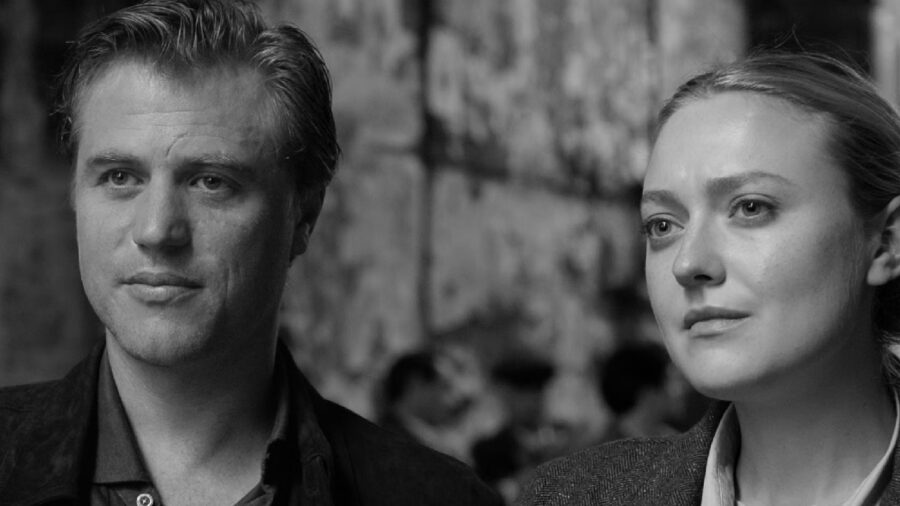
A new Netflix series, Ripley, based on Patricia Highsmith’s novel The Talented Mr. Ripley, has sparked outrage among viewers. This is not due to plot or acting but to the most basic visual element: the lack of color. Apparently, in the year 2024, viewers can’t process the fact that black-and-white films and shows still exist and are appreciated by many.
Tasteless Viewers Are Bothered By Black And White
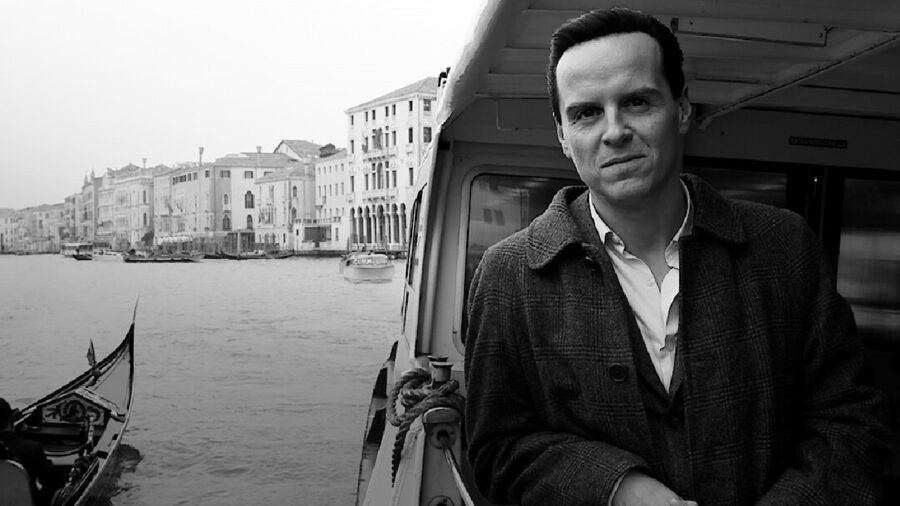
Viewers’ complaints about the black-and-white filming of Netflix’s Ripley dominate online forums. However, many of these are just personal preferences and don’t hold water. One of the viewers on social media stated, “I didn’t last the first episode. The cinematography is so annoying.” Black and white cinematography is incredibly powerful. Remember the classics like Seven Samurai or Schindler’s List. Is neo-noir not allowed in 2024? These films have used the absence of color to their benefit, creating an unforgettable visual experience.
Another viewer added, “Why on earth is Ripley filmed in black and white? Totally killed it for me.” The choice behind this visual aspect is there to set the atmosphere and increase the psychological tension, which is at the show’s core. The director, Steve Zallian, has explained his decision stemmed from the evocative black and white photograph gracing the cover of his Ripley novel.
An Artistic Choice
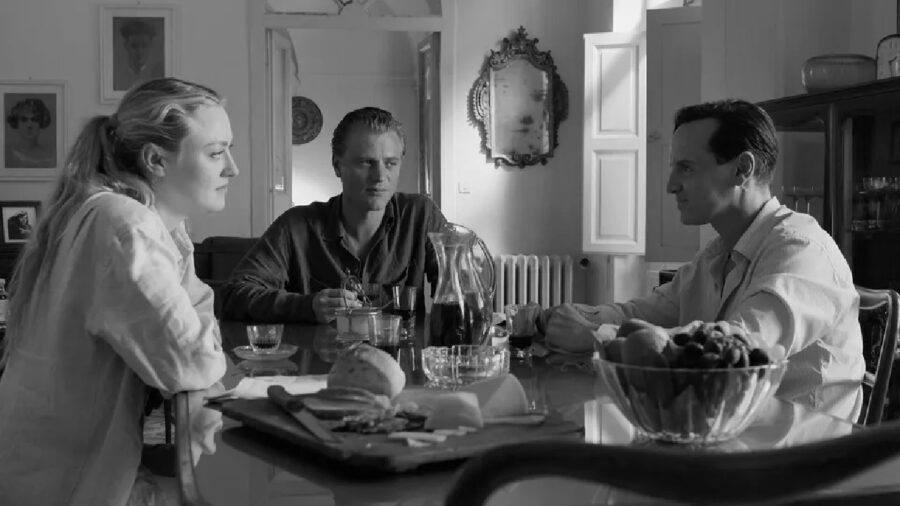
Budget concerns were also in viewers’ minds, with one viewer commenting, “Black and white is a good way to keep the budget down but adds nothing.” However, in this day and age, the cost difference between color and black and white is negligible. When it comes to Netflix’s Ripley, the neo-noir option is purely artistic.
Never Compromise Artistic Vision
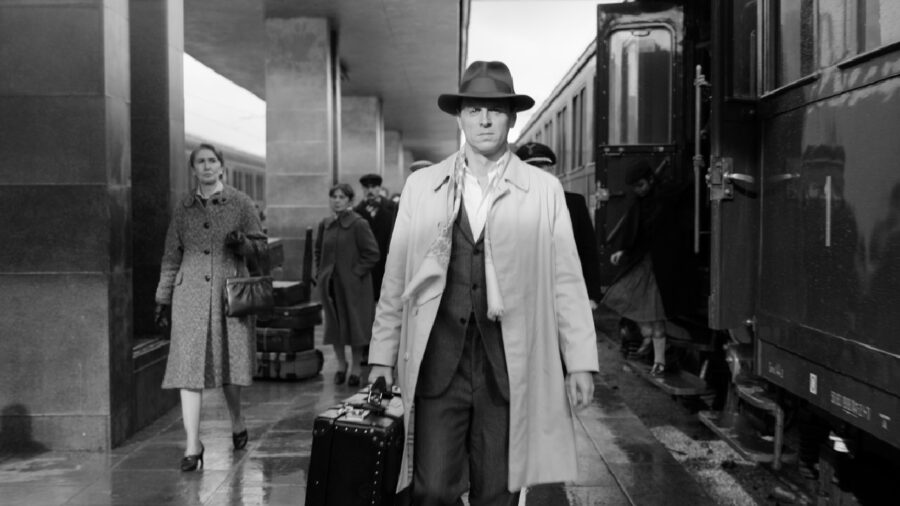
Another viewer said, “What a crime to make a sexy crime show set in 1960s Italy and not do it in color.” This can be understandable, but only if the director’s choice was to focus on sunny Italian beaches and classic red sports cars. What matters here is the story, and black-and-white is perfectly justified.
While some viewers have praised Netflix’s Ripley’s black-and-white aesthetic, many more prioritize flashy visuals that modern technology allows. So, is this the future of entertainment? A future where anything less than a full-color spectacle fails to capture viewers’ attention?
Black-And-White Was A Great Choice
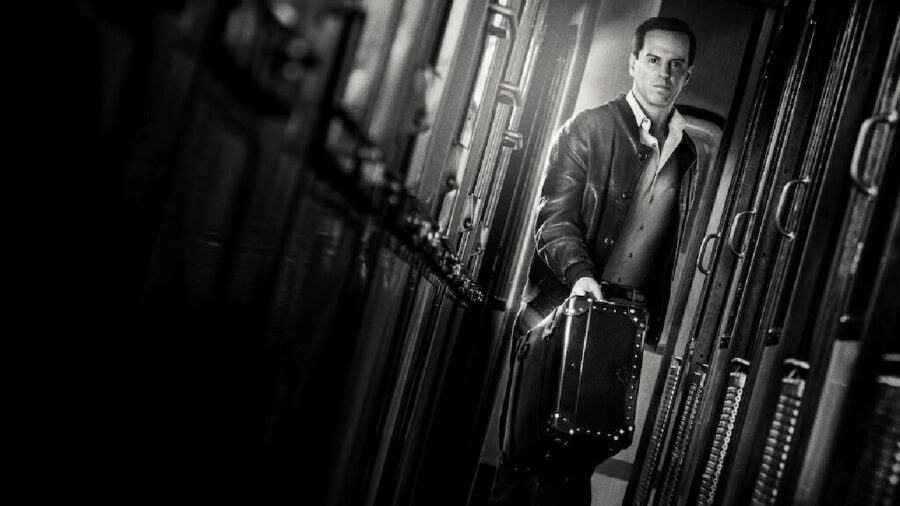
The success of Netflix’s Ripley, despite complaints, paints a different picture. Dismissing the entire show because of this choice will certainly mean missing out on a potentially deeper experience than just being lost in flashy colors. Yes, it might take some viewers a leap of faith, but black-and-white storytelling won’t be eradicated in the future. When done well, it can be just as, if not more, fascinating than its color counterpart.
Fresh Take On A Classic
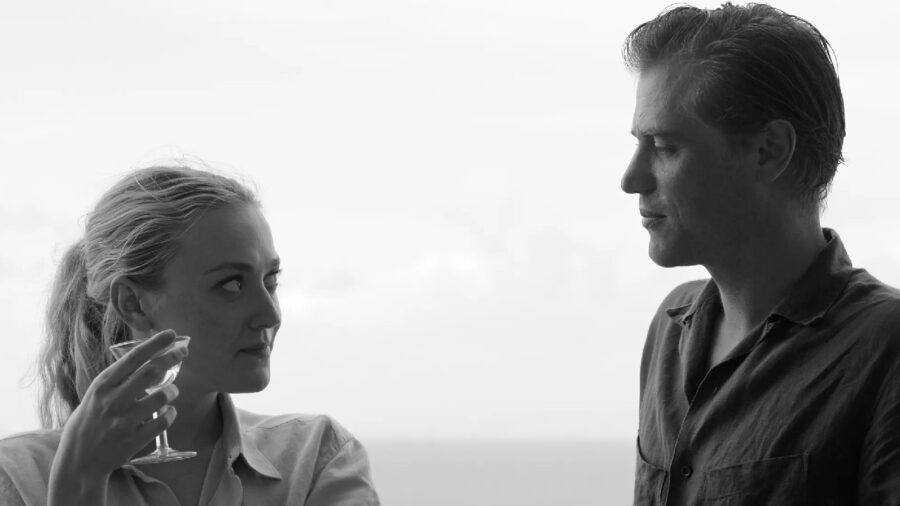
Netflix adaptation Ripley offers a fresh take on the crime novel. Award-winning actor Andrew Scott portrays the infamous con artist Tom Ripley but with a twist to the popular story. Ripley, and his targets, played by Johnny Flynn (Dickie Greenleaf) and Dakota Fanning (Marge Sherwood), are older than in the previous adaptation. This new direction has sparked some comments as well, but positive reviews praising performance and the show’s neo-noir atmosphere render this new take on the classic tale of obsession and murder a success.
90s Colored Version
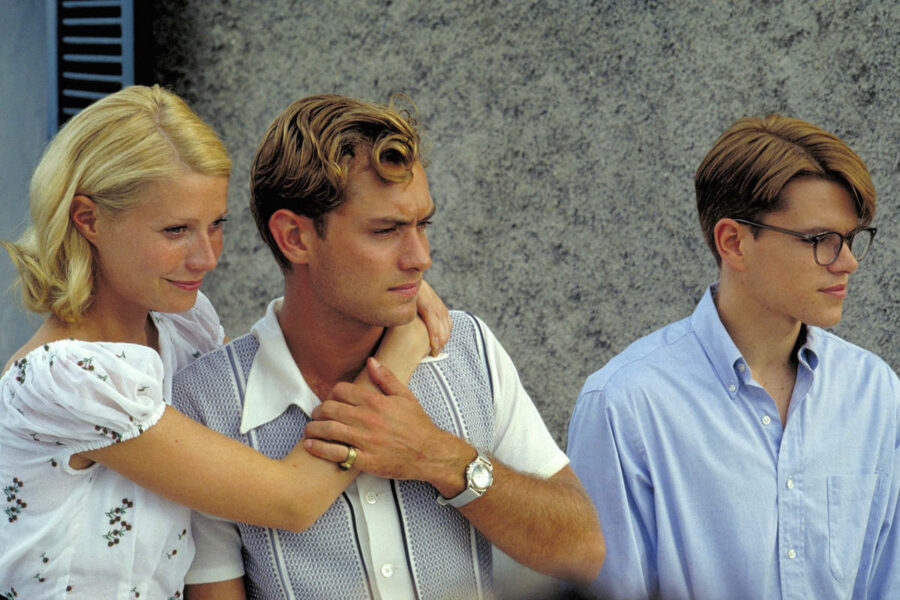
Netflix’s Ripley isn’t the first take on Patricia Highsmith’s tale of Tom Ripley. The 1955 novel has spawned several screen adaptations, each with its own unique interpretation. If we go back in time, we can recall the 1960 French film Plein Soleil, with Alain Delon as the charming but ruthless Ripley. More recently, in 1999, Matt Damon portrayed Tom Ripley in the film The Talented Mr. Ripley, which was a lighthearted adaptation but still delivered both charm and darkness.
So, while some might prioritize colorful content, the future of entertainment seems far from doomed. In fact, we are heading into the great unknown as old and new technology combine into far diverse offerings that we might come up with, all thanks to the creative freedoms of filmmakers.












